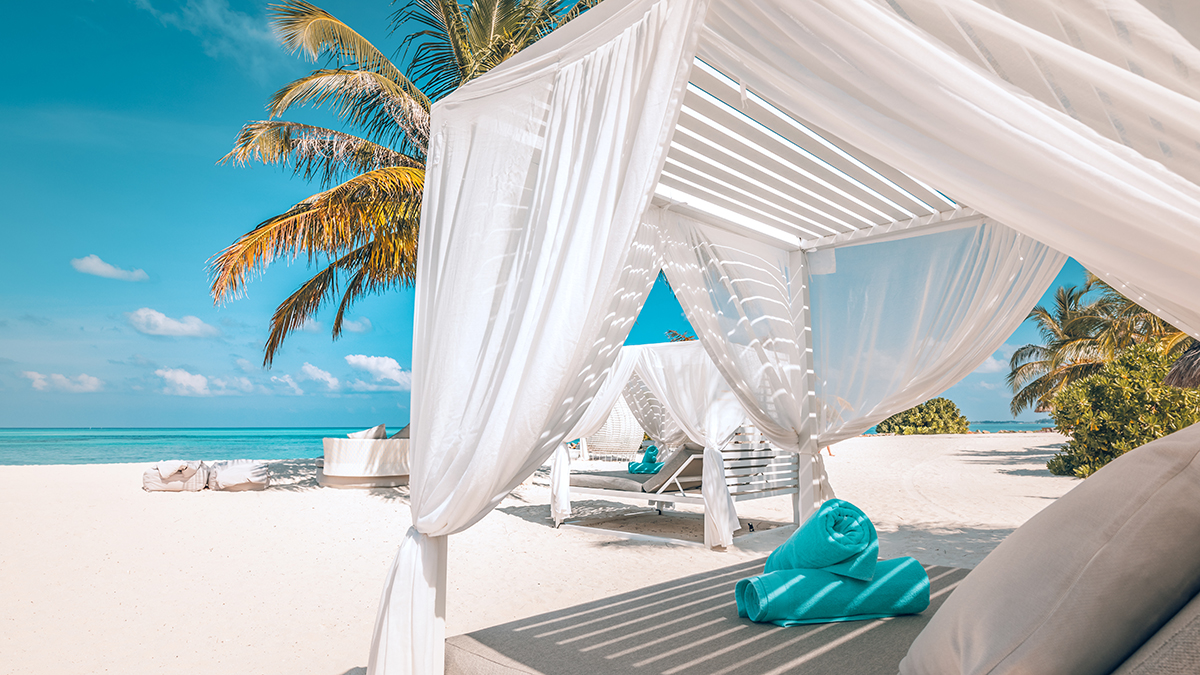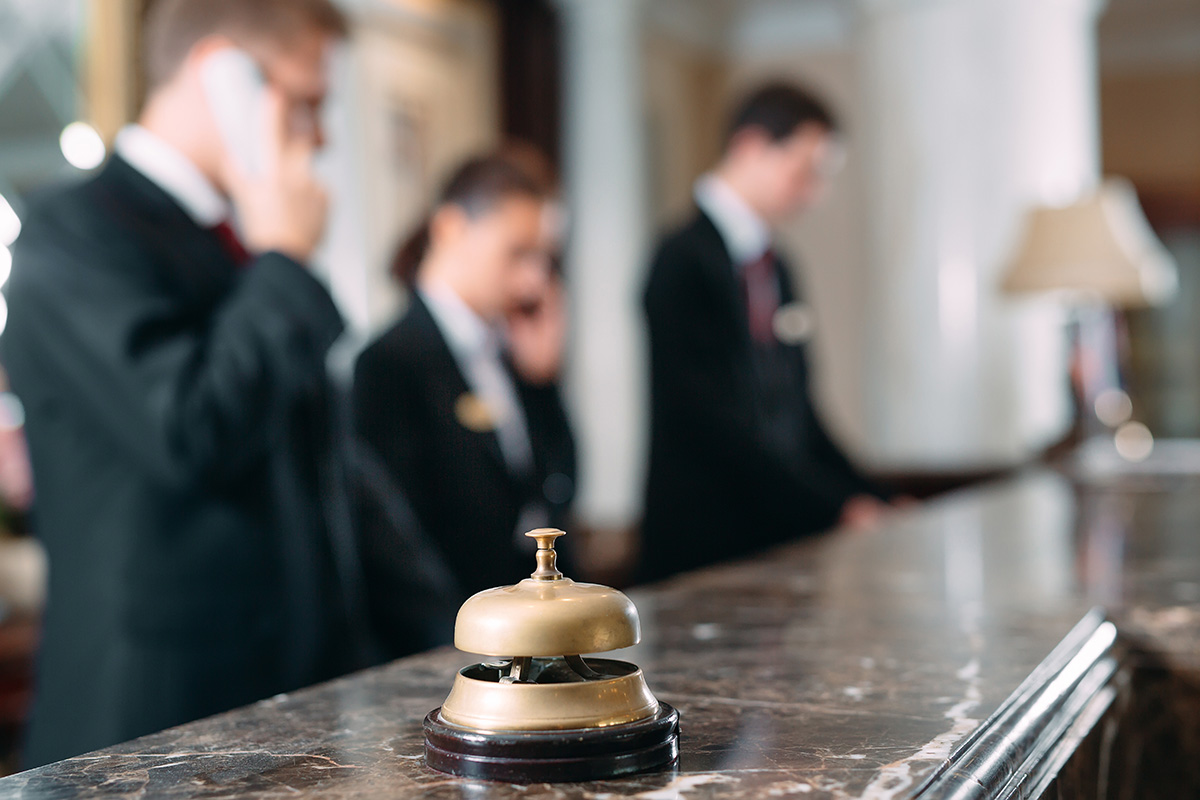Every luxury hotel team knows the feeling. The calendar flips to shoulder months and pace softens while fixed costs keep ticking. That pattern is common, but it is not inevitable. With the right positioning, targeting, advertising, SEO, engagement, and measurement, demand can be created outside high season. The best hotel marketing firms approach off-peak periods as a hospitality design problem: match the right offer to the right target audience at the right time, protect rate integrity, prove the ROI, and leverage performance marketing & brand marketing strategies.
Affluent travelers are not bound by school holidays alone. They travel for privacy, purpose, and access. They respond to scarcity, insider status, and transformational experiences. When campaigns align with those motivations, rooms fill and ADR holds. The result: steadier cash flow, fewer last-minute discounts, and a healthier mix of direct and partner bookings across the year.
That shift requires discipline and creativity in equal measure. It also requires a cross-functional view that unites revenue management, digital paid media, CRM, SEO, and on-property programming into one year-round plan.
Why Seasonality Hurts Luxury Properties
Empty rooms = lost revenue that can never be recovered
A vacant suite on Tuesday is not inventory you can sell on Wednesday. In luxury, contribution margin per occupied room is high, so every lost night hurts both current cash and future loyalty potential. Idle periods also cause operational drag: underutilized staff hours, slower ancillary spend in F&B and spa, and weaker cross-sell momentum.
A better way is to forecast those gaps early, then feed the dates with targeted campaigns, SEO strategies, and value-rich experiences through social media. Hotels that do this well see steadier occupancy, higher total spend per guest, and a more predictable P&L.
Off-season discounting erodes rate integrity and brand prestige
Slash rates publicly and guests learn to wait. ADR softens, upgrades lose allure, and your positioning shifts from rarefied to bargain-driven. Protecting rate integrity means using value-add packages, private member offers, and tightly controlled promos instead of broad price cuts. Done right, off-peak periods carry a tone of exclusivity, not clearance.
Missed opportunities to attract alternative guest segments
Quiet months are perfect for guests who value privacy and space:
- Couples seeking solitude and service
- Wellness travelers planning resets around personal calendars
- Affluent locals chasing a short staycation with elevated dining
- Remote workers trading home offices for inspiring architecture
- Corporate offsites that prefer quieter venues and sharper focus
When messaging matches these motives, off-season hotel marketing fills rooms without cheapening the brand.
How Hotel Marketing Firms Redefine Seasonality
Positioning off-season as exclusive, private, or transformational
Silence is a feature. Smart positioning turns fewer crowds into a luxury audience. Think intimate chef tables, private museum hours, stargazing nights, or restorative wellness tracks that are only offered from November to March. Copy shifts from price to access. Imagery emphasizes craft, ritual, and sensory depth. Packages deliver value through experiences and time, not just a lower rate.
Luxury hotel marketing strategies that win here often include:
- Signature seasonal rituals, for example a “Winter Atelier” with local artisans
- Wellness intensives guided by respected practitioners
- Culinary weeks with limited seats and reservation-only events
- Curated culture calendars that celebrate the destination at its quietest
Shifting campaigns toward new geographic markets with different travel calendars
Your low season may be someone else’s prime vacation month, making hospitality efforts crucial in targeting diverse markets. Travel calendars vary across the Middle East, Asia, Latin America, and domestic markets, allowing hotel marketing firms to target these areas accordingly. Smart hotel marketing firms routinely pivot paid budgets and PR outreach into source markets whose holidays and climates align with your slow weeks.
Practical moves:
- Build geo-segmented audiences by country, then rotate spend based on search interest and booking pace
- Localize creative and payment methods for each market
- Coordinate with tourism boards and airline partners on short booking windows tied to public holidays
- Run private presales for loyalty partners in specific regions
Applying psychology to drive off-peak bookings
Scarcity, prestige, and exclusivity are the levers. A limited number of suites with added experiences, a members-only presale, and content that showcases VIP moments all increase perceived value. Social proof matters too. Off-season influencer stays, guest testimonials specific to shoulder months, and high-profile press features reassure buyers that the experience is as refined in January as in July.
Tip: avoid FOMO gimmicks that feel cheap. Use authentic limits, curated lists, and meaningful perks that fit the brand’s overall luxury hospitality and branding strategy.

Example: Filling Low-Season Gaps
A coastal luxury resort is facing a recurring Q1 slump. Occupancy hovers at 38 percent, ADR is slipping due to last-minute OTA discounts, and F&B spend per occupied room is trailing summer by 22 percent. The goal is clear: drive hotel occupancy growth to at least 55 percent without undermining rates.
Let’s start with a repositioning. The resort’s quiet months are reframed as “The Private Coast,” a series of three-week themes with limited availability. Each theme bundled a suite, breakfast, two signature experiences, and a flexible check-out option:
- Culinary Residency: visiting chef tables, wine cellar tours, and a harbor market walk
- Blue Mind Reset: cold-plunge rituals, guided shoreline hikes, breathwork, and deep-tissue recovery
- Artist’s Light: golden-hour photo walks, studio sessions with local artists, and a small-format gallery series
Simultaneously, media budgets are shifted away from saturated summer audiences into three feeder regions whose school calendars and weather patterns favor winter travel as part of a comprehensive digital marketing strategy. Ads are run in local languages, with creative focused on privacy and craft rather than discounts. The CRM pulls in segments of past guests who had visited in spring or who had shown interest in wellness. They receive an invite-only presale with a small loyalty bonus, not a lower room rate.
Measurement cadence is weekly. The team monitors booking pace by theme, ROAS across Meta and Google, occupancy by room type, and ancillary revenue per stay. Rates are held steady in public channels. Direct bookings campaigns received priority and are sweetened with unique experiences unavailable on OTAs.
Results after 90 days:
- Occupancy rises to 62 percent across the off-peak window
- ADR dips only 3 percent, yet RevPAR climbs up to 24 percent
- Direct share increases by 12 points, lifting overall contribution margin
- Spa revenue per occupied room grows 18 percent due to the wellness track
- Post-stay surveys highlight “privacy” and “access” as top drivers
The resort retains its luxury stance, and the playbook becomes an annual fixture with thematic refreshes each year.
What Sets Specialist Hotel Marketing Firms Apart
Expertise in affluent traveler behavior and segmentation
High net worth guests do not fit a single profile, as their hospitality needs vary widely. The nuance lies in micro-segments and their triggers:
- Time-starved executives who pay for frictionless planning and privacy
- Wellness seekers chasing measurable results, not just massages
- Multigenerational families who value connecting experiences and space
- Culture-first travelers who plan around exhibits, performances, or festivals
Specialist teams unify PMS, CRM, web analytics, and media data to identify these segments, then time offers to their planning windows. AI scoring helps predict who is likely to book in shoulder periods, what perks will move them, and which channels convert at a profitable CAC.
Channel strategies that scale year-round
Paid media, including digital marketing strategies, cannot be static. Seasonal rebalancing is vital for effective content marketing:
- Google Ads: shift from generic destination keywords to intent-rich, off-season modifiers and long-tail searches that highlight indoor amenities, wellness, or privacy
- Meta: creative sprints around thematic experiences, with dynamic ads retargeting browsers who checked shoulder-month dates
- Programmatic: high-impact placements in luxury lifestyle titles, flight data overlays, and private marketplace deals for precise audiences
- Email and SMS: segmented flows with loyalty-first access, plus triggered messages keyed to abandoned searches for off-peak dates
- PR and influencers: editorial calendars aligned to low-season storylines, content seeded well in advance through social media
These are not isolated tactics. Integrated calendars let the property dial spend up or down by week part and room type based on occupancy forecasts.
Ability to connect off-season campaigns directly to ROI
Board-level confidence hinges on clarity. Hotel marketing firms that specialize in luxury hospitality bring revenue-grade measurement through digital marketing:
- Matchback reporting that attributes direct bookings to email, paid, and PR efforts
- Media mix models that show the incremental lift of each channel in slow periods
- Margin-aware dashboards that weigh commission, media cost, and ancillary spend
- Experiments with clear counterfactuals, for example holdouts at the city or country level
This is how off-season hotel marketing transitions from hopeful to proven. Decisions become faster, budgets more resilient, and rate integrity easier to defend.

Practical Plays That Keep Revenue Moving
Use these field-tested ideas to compress your lows without training guests to wait for a sale.
- Build member-first offers: open a 72-hour presale to loyalty subscribers before anything hits public channels
- Recast inventory: promote suites with second bedrooms as multigenerational hubs, or market connecting rooms to local families over long weekends
- Program experiences: rotating culinary residencies, invite-only wellness workshops, artist collaborations, and seasonal rituals
- Localize demand: geo-target new source markets whose holiday calendars align with your slow weeks, including creative in their language and cultural cues
- Protect ADR with value, not price: add dining credits, spa time, or private access
- Double down on social proof: highlight shoulder-season guest stories, awards, and influencer coverage
- Align frontline training: ensure every on-property interaction supports the off-season narrative and leads toward repeat visits
Small shifts compound. Many properties find that two or three well-orchestrated plays deliver most of the benefit.
A Quick Reference for Your Revenue Team
| Off-Season Challenge | Strategic Move | Primary KPIs | Toolset and Tactics |
|---|---|---|---|
| Soft weekday occupancy | Thematic packages with limited seats, member presales | Booking pace by day of week, ADR, attach rate | CRM segments, email presale, landing pages, on-site upsell scripts |
| ADR erosion on OTAs | Value-add direct bundles, parity enforcement | ADR, direct share, net RevPAR | Rate parity audits, direct-only perks, best-rate messaging, metasearch investment |
| Low international demand | Pivot to new source markets with localized creative | Geo ROAS, conversion rate, cost per acquisition | Geo-targeted ads, translated pages, local KOLs, airline or tourism board tie-ins |
| Weak ancillary spend | Experience-led offers tied to F&B and spa | Spend per occupied room, package take-up | Pre-arrival upsell flows, on-property QR journeys, revenue training for teams |
| Short booking windows | Automation triggered by occupancy thresholds | Lead time, cancellation rate, overall pace | RM system signals, automated campaigns, A/B tests on flexible terms |
One more tip: report wins by theme and segment, not just by month. Executives can then greenlight scaling the plays that produce the clearest lift.
Building for the Next Quarter
If you need a near-term plan that protects rate and fills gaps, focus on five moves:
- Name your off-season identity. Commit to a seasonal story guests can feel.
- Map your feeder markets across calendars. Reallocate 20 to 30 percent of media into two promising regions.
- Stand up member-first offers. Presales build urgency without public discounting.
- Invest in social proof for shoulder months. Commission content that shows the magic of quiet.
- Measure margin, not just revenue. Track ADR, direct share, and ancillary spend together.
When the right audiences see the right experiences, the calendar stops controlling your P&L. Hotel marketing firms that combine data, creativity, luxury psychology, performance marketing, and strict channel control can keep suites occupied, protect ADR, and steady cash flow week after week.
Is your hotel still accepting seasonality as unavoidable? At Jadewolf, we bring hospitality-focused strategies to help luxury hotels and resorts stabilize revenue year-round with proven demand-generation campaigns. Let’s talk about how to transform your off-season strategy.

